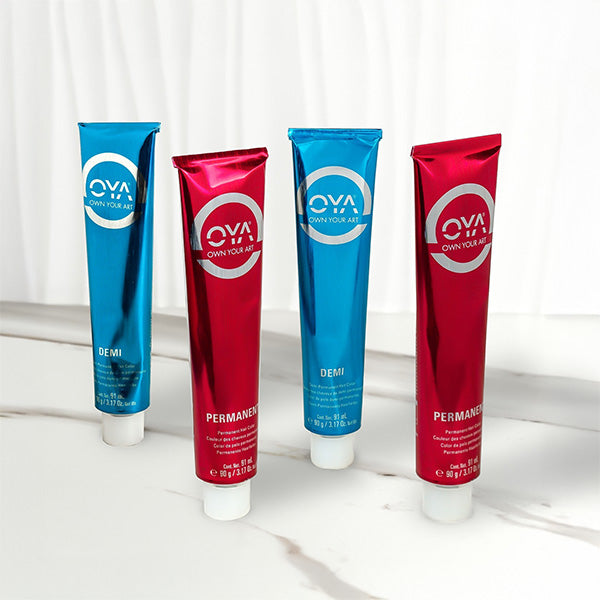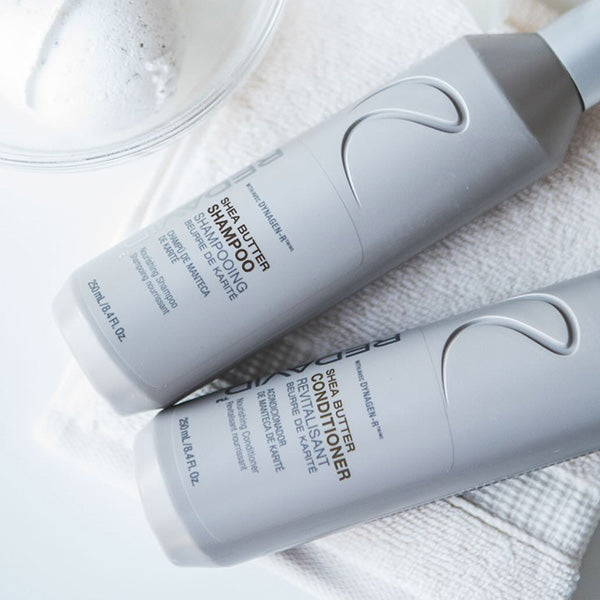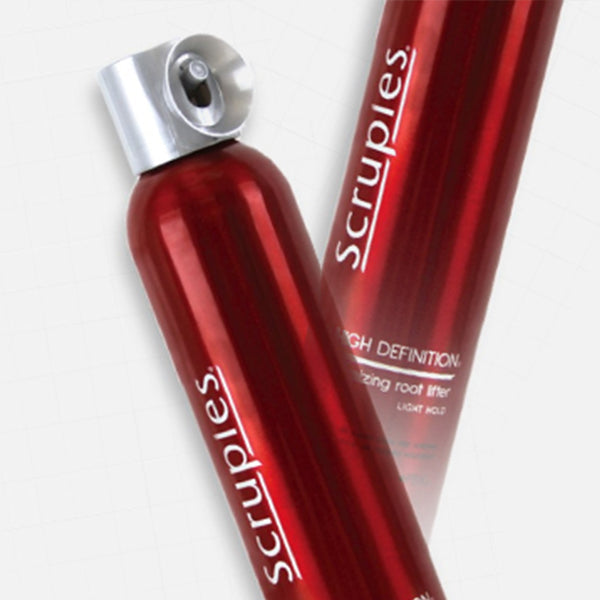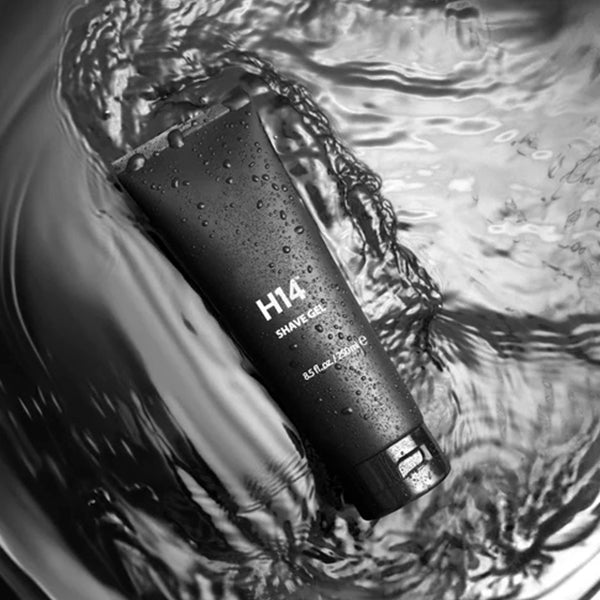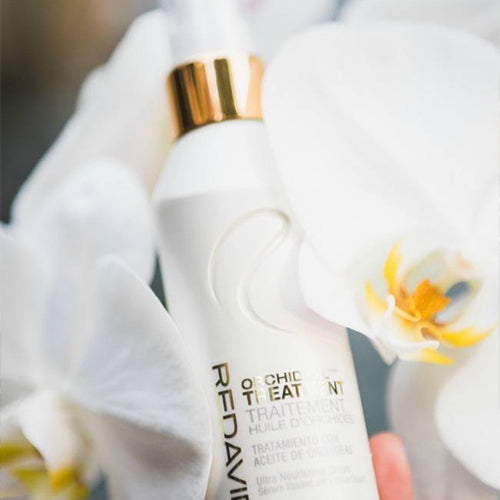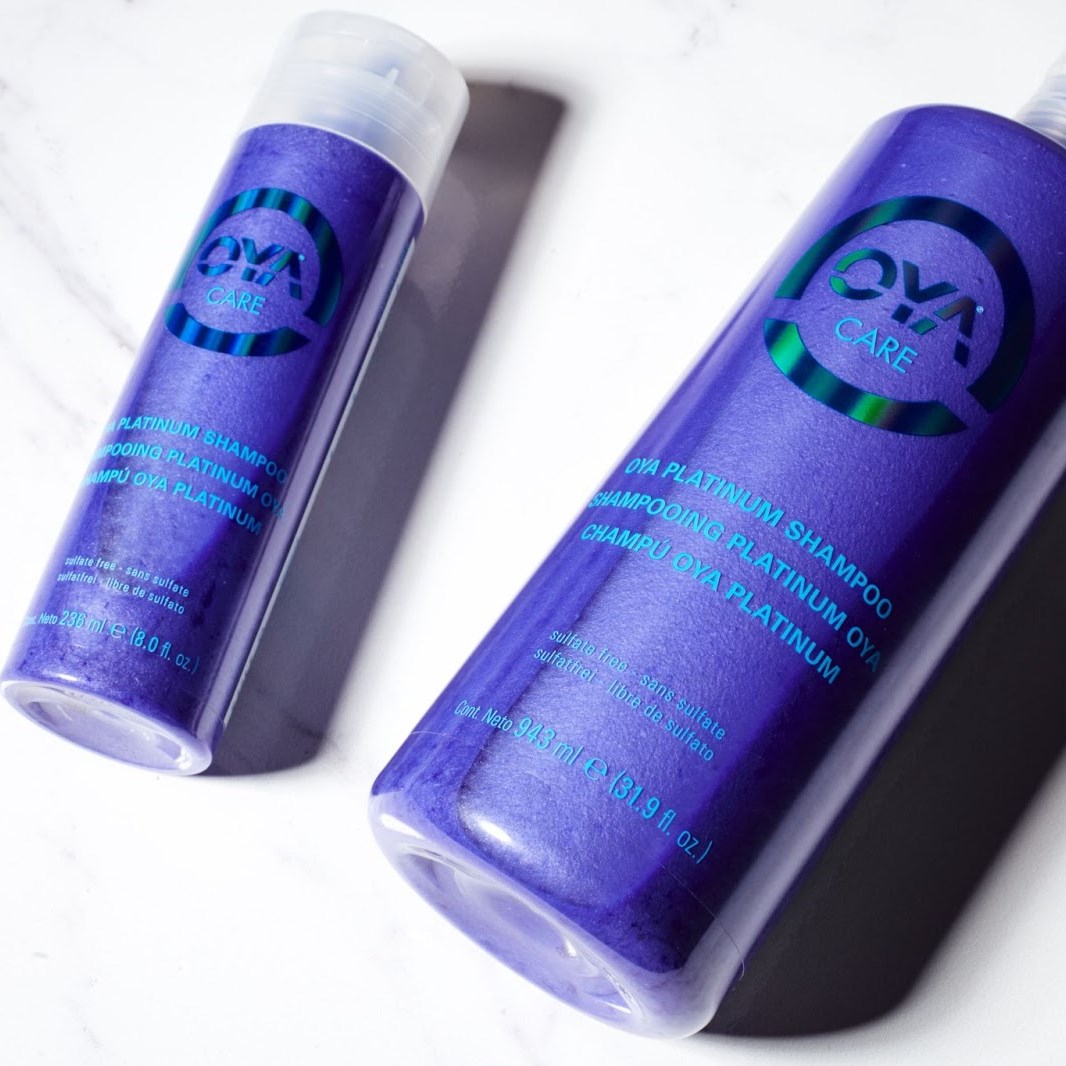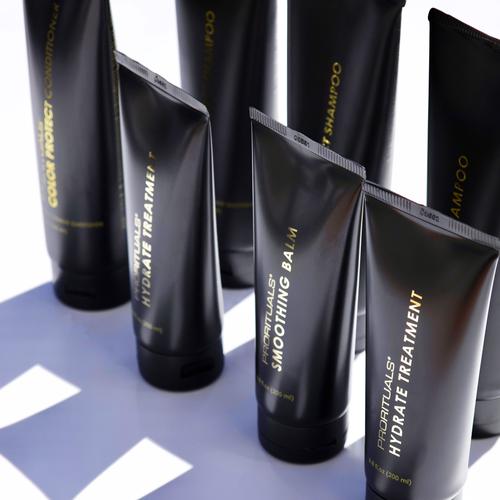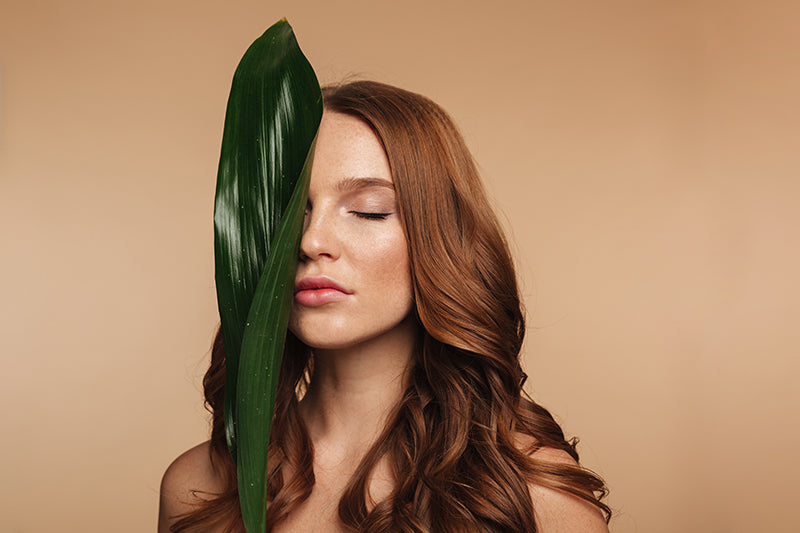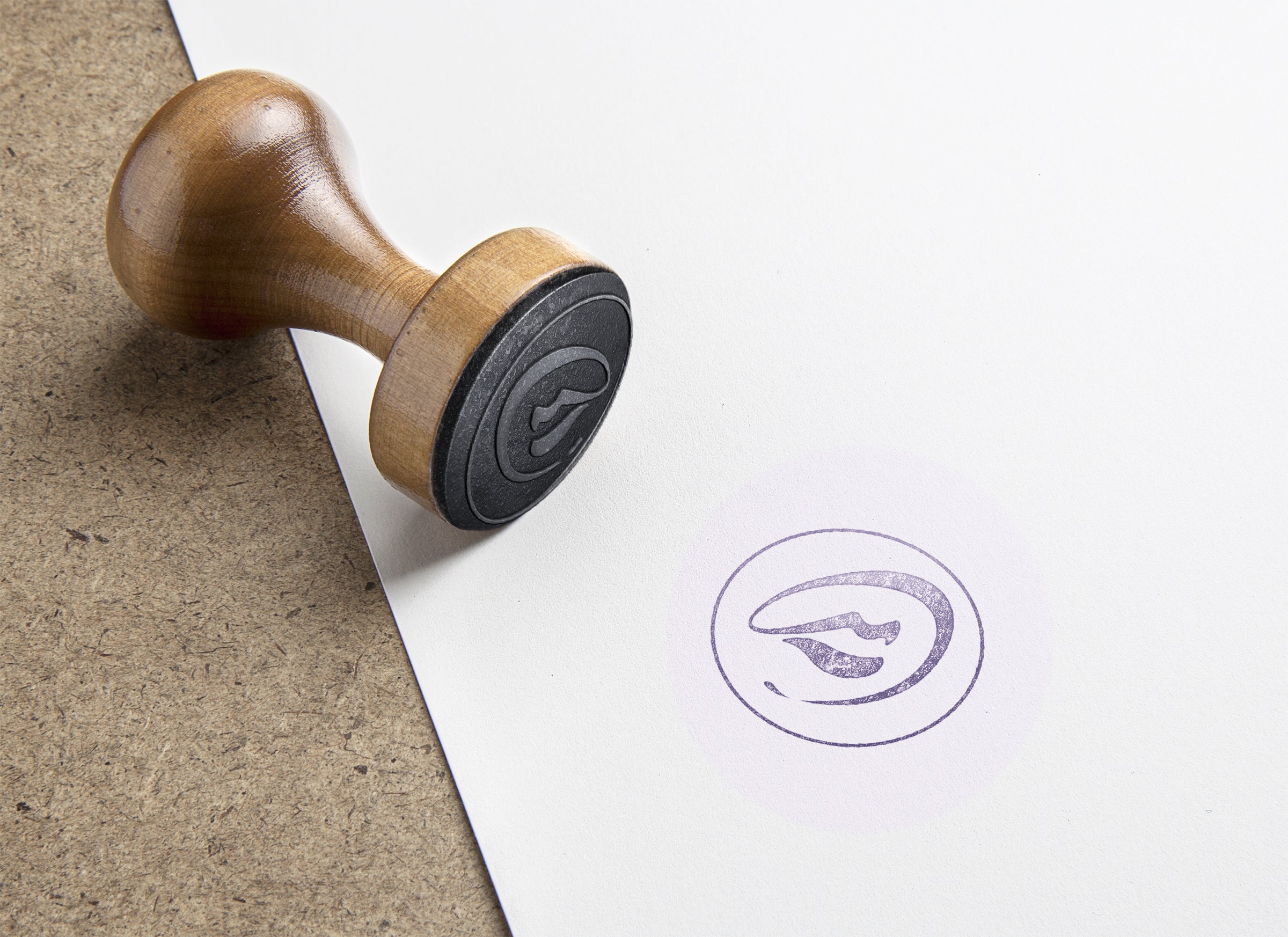How to Handle Clients with Sensitive Scalps: Tips for a Comfortable Experience
As a stylist, one of the challenges you may face is working with clients who have sensitive scalps. These clients can experience discomfort, irritation, and even pain during hair treatments. Understanding how to handle sensitive scalps can make a significant difference in providing a comfortable and pleasant salon experience. Here are some tips to help you care for clients with sensitive scalps effectively.
Identifying Sensitive Scalps
-
Client Consultation:
- Ask Questions: During the initial consultation, ask clients about their scalp sensitivity, any known allergies, and past reactions to hair treatments.
- Look for Signs: Be observant for visible signs of scalp sensitivity, such as redness, flakiness, or previous irritation marks.
-
Patch Testing:
- Preventative Measure: Conduct a patch test before applying any new product to ensure it doesn’t cause an allergic reaction or irritation.
- Procedure: Apply a small amount of the product to a discrete area of the scalp and wait 24-48 hours to see if any adverse reactions occur.
Choosing the Right Products
-
Gentle Formulations:
- Hypoallergenic Products: Use hypoallergenic shampoos, conditioners, and styling products formulated for sensitive scalps. Avoid products with harsh chemicals, sulfates, and artificial fragrances.
- Natural Ingredients: Opt for products with natural ingredients like aloe vera, chamomile, and tea tree oil, which can soothe and calm the scalp.
-
Professional Recommendations:
- Quality Brands: Invest in high-quality, professional hair care brands known for their gentle and effective formulations.
- Client Education: Recommend these products to your clients for their home care routine to maintain scalp health between salon visits.
Gentle Techniques
-
Scalp Massage:
- Soft Touch: Use gentle, circular motions when massaging the scalp to avoid causing irritation or discomfort.
- Soothing Oils: Incorporate soothing oils like jojoba or coconut oil during the massage to provide additional hydration and comfort.
-
Careful Handling:
- Detangling: Use a wide-tooth comb to detangle hair gently, starting from the ends and working your way up to the roots. Avoid tugging or pulling on the hair.
- Heat Styling: Minimize the use of heat styling tools, and always use a heat protectant spray. Keep the temperature settings low to prevent scalp irritation.
Tailoring Treatments
-
Customized Treatments:
- Scalp Treatments: Offer specialized scalp treatments designed for sensitive scalps, such as hydrating masks or calming serums. Avoid products with strong chemicals or exfoliating agents.
- Hair Coloring: For clients with sensitive scalps, use ammonia-free or low-ammonia hair dyes. Consider highlighting or balayage techniques that minimize direct contact with the scalp.
-
Adjusting Techniques:
- Application Methods: When applying color or treatments, use applicators that minimize direct contact with the scalp. For example, apply color to the hair shaft first and use a brush to gently blend it towards the roots.
- Rinsing: Rinse hair with lukewarm water instead of hot water to avoid irritating the scalp. Ensure all product residues are thoroughly washed out.
Creating a Comfortable Salon Environment
-
Calming Atmosphere:
- Relaxing Setting: Create a relaxing salon environment with soothing music, calming scents, and comfortable seating to help clients feel at ease.
- Personalized Service: Take the time to understand each client’s specific needs and preferences, providing a personalized and attentive service.
-
Communication:
- Regular Check-Ins: Check in with your clients regularly throughout the treatment to ensure they are comfortable and not experiencing any discomfort.
- Feedback: Encourage clients to share their feedback and experiences, and be responsive to any concerns they may have.
Post-Treatment Care
-
Aftercare Advice:
- Product Recommendations: Provide clients with recommendations for gentle, scalp-friendly products they can use at home to maintain their scalp health.
- Routine Adjustments: Suggest changes to their hair care routine that can help reduce scalp sensitivity, such as less frequent washing and avoiding harsh treatments.
-
Follow-Up:
- Check-Ins: Follow up with clients after their appointment to ensure they did not experience any delayed reactions and to offer additional support or advice if needed.
By implementing these tips, you can ensure that your clients with sensitive scalps receive the care and attention they need for a comfortable and enjoyable salon experience. Building trust and understanding with these clients will not only improve their satisfaction but also strengthen their loyalty to your services.


